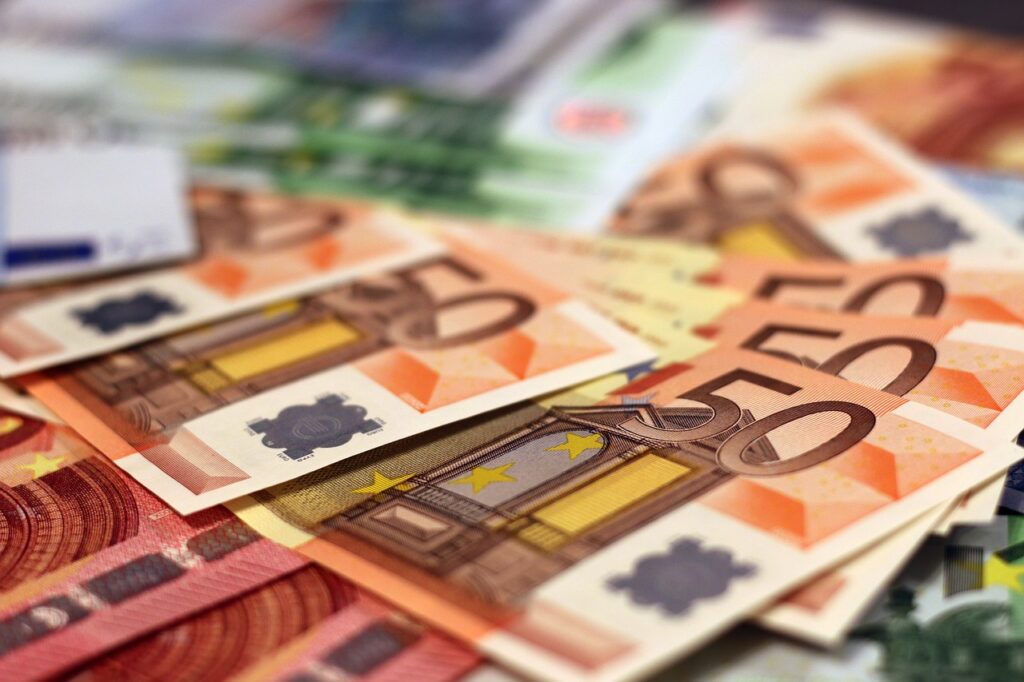SSAB has been granted €128m in funding to decarbonize its Luleå steel plant, marking a major step towards green hydrogen use in steel production.
The European Commission approved the Swedish grant, which will finance the installation of an electric arc furnace (EAF) to produce direct reduced iron (DRI) using renewable hydrogen. This move will help the plant transition away from its coal-based steel production, a process that currently yields about two million tonnes of crude steel annually.
The new electric arc furnace is expected to have the capacity to produce 2.5 million tonnes of green steel slabs per year, with production anticipated to begin in 2029. This shift is a critical one for SSAB as it aims to cut its carbon footprint, with hydrogen DRI expected to reduce carbon dioxide emissions by up to 95% compared to traditional steelmaking processes.
The Luleå plant, located in northern Sweden, has been a hub for steel production, but it’s also home to the HYBRIT project—a partnership between SSAB, LKAB, and Vattenfall, which has been pioneering green hydrogen DRI technologies since 2016. Earlier this year, HYBRIT announced that their hydrogen-produced sponge iron exhibited superior properties compared to other forms of steel, adding credibility to the ongoing hydrogen revolution in steelmaking.
This funding also aligns with the European Union’s goal of climate neutrality by 2050. As Margrethe Vestager, the Commission’s Executive Vice-President, stated: “This measure enables Sweden to help SSAB accelerate its switch to electrified steelmaking. It will contribute to the greening of the steel value chain, in line with the EU’s climate targets.”
However, SSAB’s journey hasn’t been without setbacks. In 2023, the company, alongside Fortum, concluded that their plans to produce hydrogen-reduced sponge iron at SSAB’s plant in Finland were not commercially viable. Despite undertaking a front-end engineering design (FEED) study and building a hydrogen production plant in Raahe, the two companies couldn’t find a commercial arrangement, leading them to end the project.
